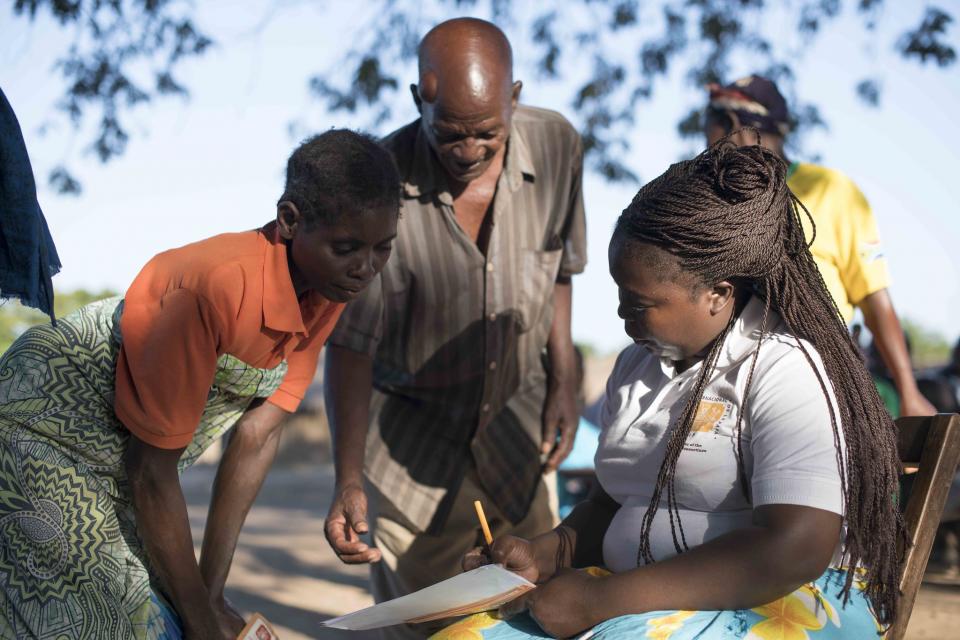Using priming experiments to understand gender attitudes: Lessons from Papua New Guinea and Nepal
 Photo: NeilPalmer/©2012CIAT
Photo: NeilPalmer/©2012CIAT
How do perceptions of relative economic status affect gender attitudes regarding women’s economic participation and decision-making authority in their household and community?
Several recent trends highlight the importance of this question. Income inequality within developing countries is on the rise (Ravaillon 2014). Moreover, with the proliferation of social media, permitting quicker comparisons of oneself to others in their network, and increased migration flows, the salience of inequality is simultaneously growing.
Approach
Normally, it is hard to say how swings in household income in either an absolute or relative sense affect gender outcomes. Many factors simultaneously affect both variables of interest, which confound attempts to attribute causality (known as “omitted variable bias”). For example, increases in education can change both income and gender attitudes. Gender attitudes may also directly affect household income (which may give rise to a phenomenon known as “reverse causality”), further complicating the search for a causal relationship.
Priming experiments related to household income provide a useful means of understanding how gender attitudes may change with these ubiquitous fluctuations of absolute and relative economic conditions found in developing countries.
In two distinct contexts—those of Papua New Guinea or PNG in 2018 and Nepal in 2019—we used a priming technique first developed by Haisley, Mostafa, and Loewenstein (2008) and Mo (2012; 2018) to subtly induce the experience of low relative income for a random set of respondents. Specifically, we asked individuals about their annual household incomes, and offered five answer choices reflecting different income ranges. For half of the respondents, we offered answer choices such that the vast majority would fall in the lowest income bracket. For the other half, we offered different answer choices such that the vast majority would place their incomes in the middle income bracket.


